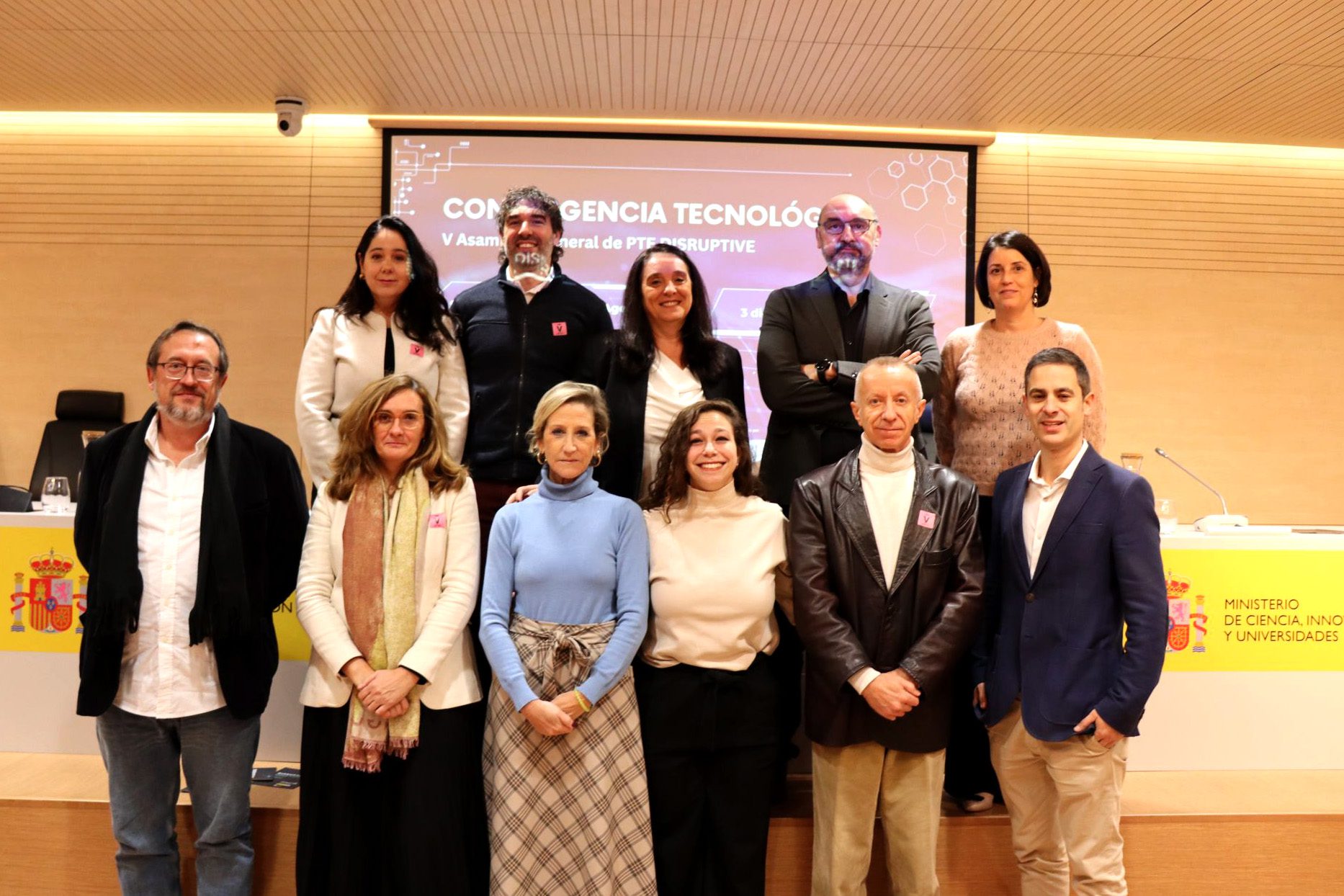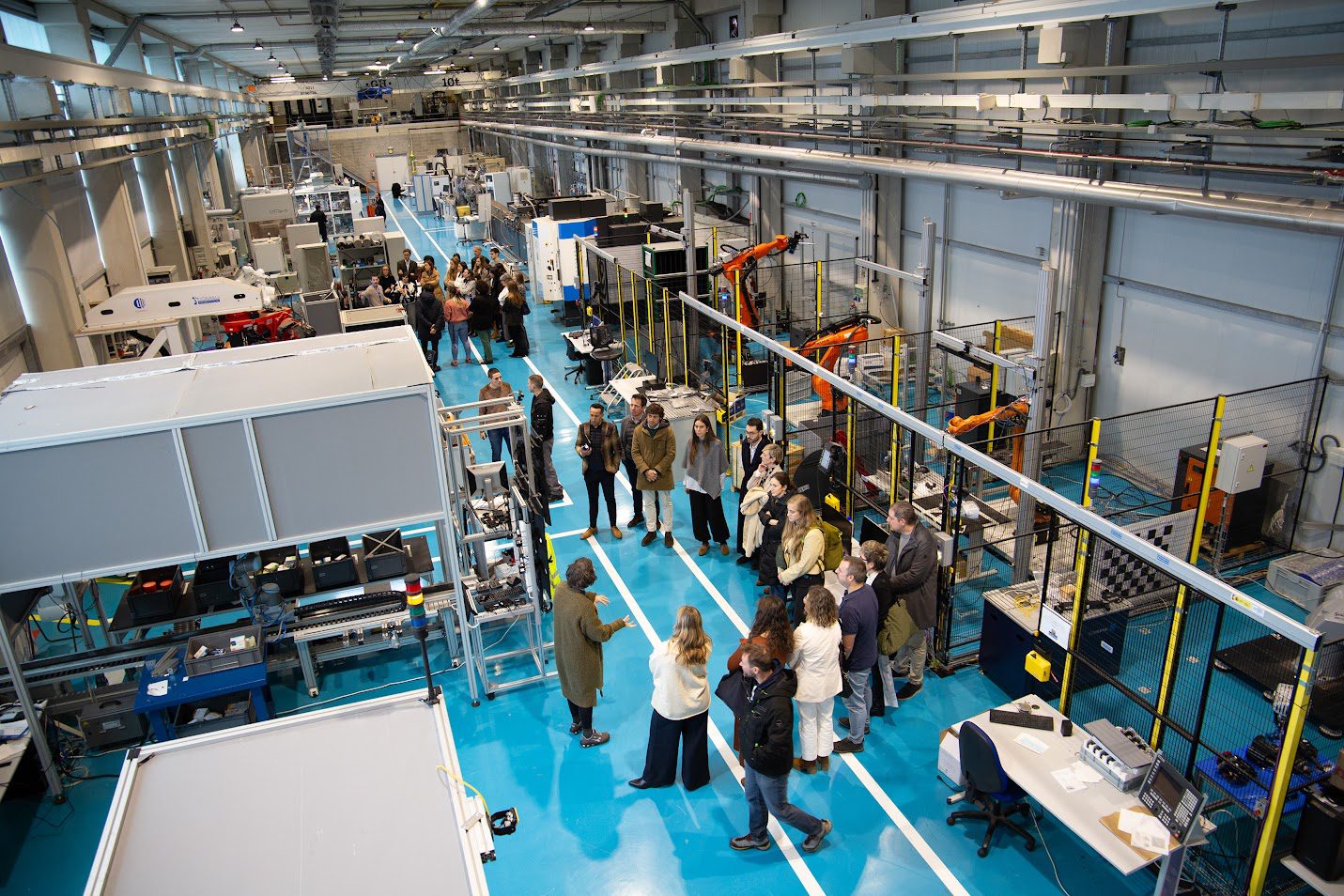Ayesa develops a system that will revolutionise the reliability and efficiency of electricity grids

It has created a solution based on quantum computing that will optimise network topology in Spain, which is key to avoiding blackouts.
The platform has been tested in real cases, achieving 99% alignment with stable network configurations and a huge degree of accuracy.
Ayesa, a global provider of technology and engineering services, has developed through its i3B Innovation Institute a solution based on quantum computing to optimise Spain’s electricity distribution grid. This innovative strategy addresses the growing challenges of energy demand, grid reliability and renewable energy integration, using advanced QUBO optimisation models to minimise energy losses and maximise grid availability.
This initiative responds to the increasing complexity of modern energy systems, including the integration of renewable sources, storage solutions and bi-directional energy flows. These needs require sophisticated platforms capable of adapting in real time.
The recent blackout in the country has shown that traditional, hierarchical approaches are no longer adequate. In contrast, quantum computing, with its intrinsic analysis and parallelism, can accelerate and help these traditional hierarchical approaches to analyse and predict energy flows in all directions, and can be an important asset in avoiding critical situations such as those experienced a few weeks ago.
Through the use of quantum computing, Ayesa’s solution maximises network availability and efficiency, while anticipating future demands. Managing a distribution network that supplies more than 11 million customers requires a system capable of processing large volumes of data, predicting dynamic scenarios and optimising network components in real time.
Network topology optimisation consists of determining the optimal configuration of switching nodes in medium-voltage networks in order to minimise energy losses and ensure efficient operation. However, this task has a combinatorial nature that involves evaluating a large number of possible configurations, which is computationally intensive. Classical methods often struggle to cope with this complexity, resulting in long computational times and sub-optimal solutions.
Quantum computing offers a transformative solution to these challenges. Using a Quadratic Unconstrained Binary Binary Optimisation (QUBO) model, compiled to different quantum tools, the system translates the network topology problem into a format suitable for quantum platforms, such as quantum gate computers or quantum annealers. This methodology allows the entire solution space to be explored, significantly reducing the time needed to identify optimal configurations. In practice, the quantum system can deliver results in just 15 minutes, a significant improvement over the hours required by traditional methods.
Aitor Moreno Fernández de Leceta, head of quantum computing at Ayesa, says that ‘the potential impact of this approach based on quantum computing is enormous. By minimising energy losses during transmission and distribution, it improves the efficiency and reliability of the grid, a particularly critical aspect as renewable sources are integrated, which require adaptive and flexible management to cope with variable generation levels.
In addition, ‘the quantum optimisation framework enables future scenario planning, which facilitates proactive adaptation of the grid to changes in demand, generation and infrastructure. With the expansion of grids to serve more users and integrate renewables, a scalable and adaptive optimisation framework is becoming increasingly urgent,’ the expert warns.
Value proposition
The quantum computing-based solution developed in this project offers multiple transformative benefits: drastic reduction in computation times, improved grid efficiency, support for long-term planning, and intrinsic scalability of the quantum framework.
The project employs a sophisticated hybrid quantum-classical methodology. By combining the solving capabilities of quantum solvers with classical computing systems, a balance between computational efficiency and practical applicability is achieved.
The system relies on historical data, predictive analytics and graph-based models to inform decision-making. This data-driven approach ensures that the optimisation framework is aligned with real-world conditions, increasing its reliability and relevance.
Validation in real-world environments has been a key component of the project. The quantum solution was tested in real use cases, achieving 99% alignment with stable network configurations. This level of accuracy not only validates the model, but also underlines the practical feasibility of quantum computing technologies in industrial applications.




